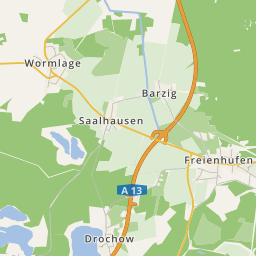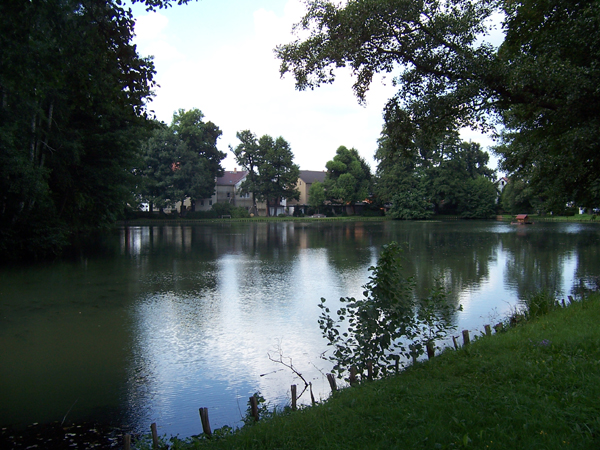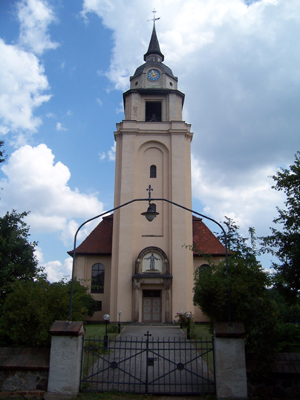












Altdöbern emerged in the Midle Ages as a settlement of the west-Slavic tribe of the Lusizer. The village was first recorded in 1285 in the Weimar complete archive under the Slavic name of 'Dobere'. The name means, 'village in the ground, in the valley'. Altdöbern was already at that time, under German sovereigns, a recreated feudal farmstead with manor in form of a moated castle. The village developed soon into a local centre. Exceedingly early a specialised trade settled here as for example salt making, pottery, dyeing and much more. In particular in the middle of the 18th century craftsmen also traders moved to this place continually. One hundred years later Altdöbern was already a crop farming town but without the of a town charter. Altdöbern comes to Prussia in 1815 after the Vienna Congress. In the following times the Sorbic language is being eliminated from church and schools. Beginning of the 20th century Altdöbern was called the 'Pearl of the Niederlausitz' .

The village became well-known through the baroque palace and landscaped park. The scenic gem Altdöbern encompasses 60 hectare. The palace facility itself was founded by Otto von Köckritz in 1362. Under general Alexander von Eickstedt the terrain near the palace was recreated into a pleasure and kitchen garden. In 1756 a richly sectioned to the salt lake extended canal net with diverse buildings after Flemish-Dutch model emerged. Apart from the natural theatre, several sand sculptures by Knöffel as well as the newly created approach to the palace with the, at both sides built Kavalier-houses, a 'French Garden' was also being created. A axial facility with water basin, sculptures and the Neptun-fountain. The intellectual creator of all this is Karl Heinrich von Heineken. The park was recreated in 1881 after plans by the garden architect Eduard Petzold, a close co-worker of Prince Pückler of Muskau. The salt lake was cleaned, extended to more than 14hectare and an artificial island created. The baroque garden with the exemption of the natural theatre and the French Garden was eradicated. The present landscaped park emerges under the usage of native and climatic suitable woods.

The protestant church can be found at the market place of Altdöbern. It forms the mother church for the 11 surrounding villages. The medieval church was destroyed by a fire in 1914. Only the baptismal font from the 18th century survived. After four years of building time the new church was inaugurated at 20th January 1921. It is higher and larger than its predecessor. The coffered ceiling is regarded as especially beautiful as well as the baptismal font, the bell works one of the largest in the state of Brandenburg. There was once a connecting road between Pritzen and Altdöbern. Today the former open-cast mine Greifenhain lies between the two villages.